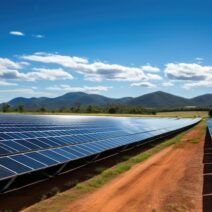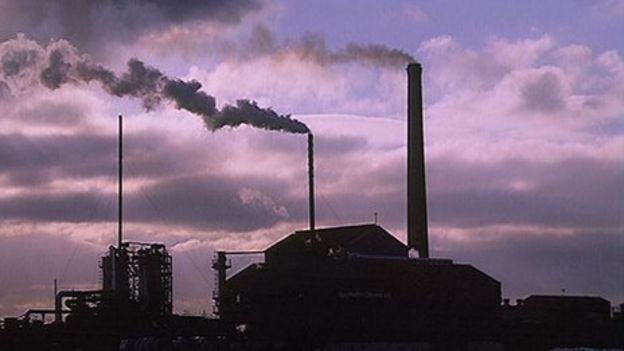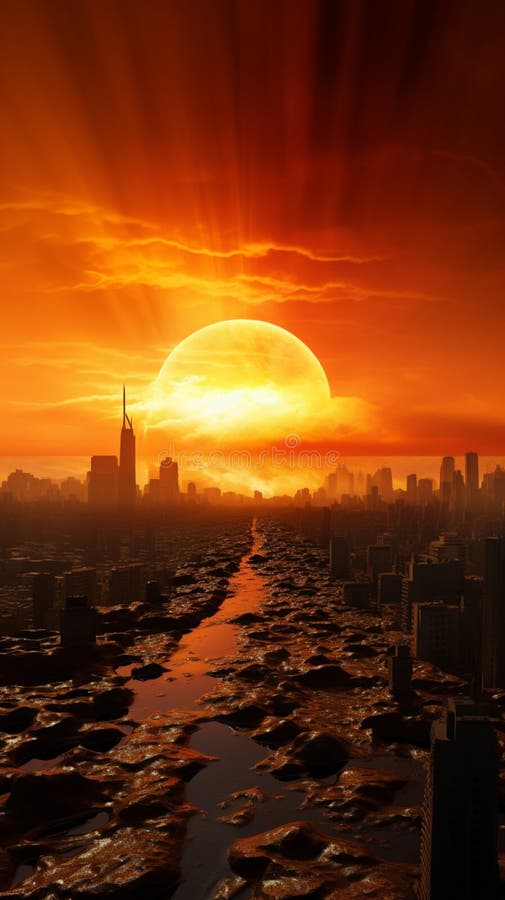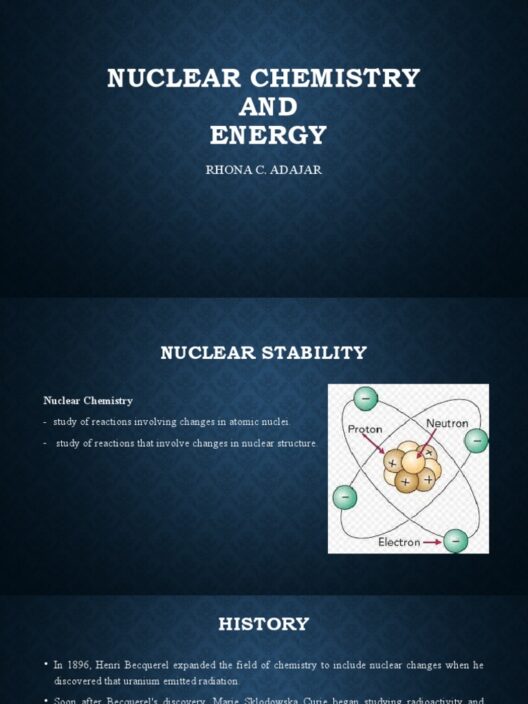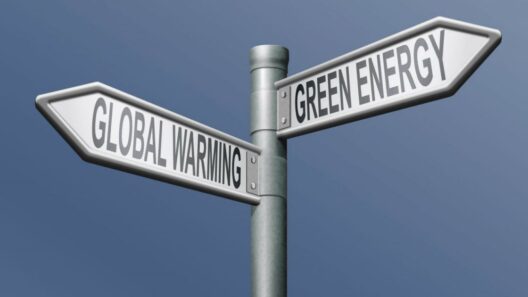The Industrial Revolution, often heralded as a watershed moment in human advancement, can also be viewed as the crucible in which the foundations of modern global warming were forged. It began in the late 18th century, a time when humanity’s relationships with energy, technology, and nature profoundly transformed. This transformation, akin to a meticulous artist crafting a masterpiece from chaos, introduced unprecedented levels of carbon emissions into the atmosphere, forever altering the climate’s delicate equilibrium.
Picture the Earth as a tightly woven tapestry, each strand representing the intricate interactions of natural systems. The Industrial Revolution disrupted this tapestry, unpicking the seams in ways that would eventually reveal vulnerabilities lurking beneath the surface. With the introduction of steam power, mechanized production, and fossil fuels, human activity started to inject copious amounts of greenhouse gases, particularly carbon dioxide and methane, into the atmosphere. Let us explore the elements of this shift, examining how and why the shifting of gears in human ingenuity ignited a warming planet.
The heart of the Industrial Revolution beat strongest in Great Britain, where coal became the lifeblood of industry. It was a magical time, where iron and steam conspired to birth factories that sprawled across the landscape—beacons of progress driven by the burning of carbon-rich coal. As machines delved deeper into natural resources, the byproduct of their insatiable appetite was a gradual accumulation of greenhouse gases. Each puff of locomotive steam and chugging factory whistle echoed not just the promise of progress, but signaled a foreboding climate change that would unfurl over the centuries.
This newfound reliance on fossil fuels foreshadowed a storm on the horizon. The scientific community had been stirred into action by the accumulating evidence of pollution and its implications. Researchers began to identify the rise in atmospheric carbon dioxide, embedding their findings in the annals of scientific discourse. Despite these early alarm bells, the momentum of industrial progress, much like an unstoppable freight train barreling down the tracks, continued unabated into the 20th century.
But this narrative is not merely one of human ambition overshadowing environmental prudence; it is also a tale of ignited aspirations and latent possibilities. Factories teemed with life, bringing forth economic growth and social mobility. However, the hasty construction of this industrial edifice wrought havoc on previously stable ecosystems. Forests cleared for timber and coal extraction, rivers and skies choked by soot and refuse, and the emergence of urban centers—these were the tolls paid for human advancement. Ironically, the very engines of progress birthed unforeseen consequences that would haunt future generations.
The expansion of agricultural practices also played a crucial role in the evolving climate narrative. The invention of the plow and the mechanization of farming allowed for increased productivity, but the associated fertilizers released nitrogen oxides into the atmosphere—potent greenhouse gases contributing to the warming phenomenon. What started as a noble pursuit to feed burgeoning populations morphed into a double-edged sword, raising questions about sustainability and ecological stewardship.
The late 20th century witnessed a stark awakening. Scientists, driven by a sense of urgency, earnestness, and determination, began to sound the alarm regarding climate change’s dire ramifications. Data revealed a clear trajectory linking industrial emissions to rising global temperatures. The United Nations established frameworks to address these challenges, recognizing that the impact of climate change transcends borders and necessitates collective global action. Thus, the once-distant specter of climate change became a palpable specter, woven into the consciousness of policymakers, corporations, and individuals alike.
Yet, even amidst the encroaching shadows, glimmers of hope emerged. Movements advocating for environmental sustainability, renewable energy, and reforestation began to gain traction. The transition from fossil fuels to sustainable sources of energy, such as solar and wind, serves as a reminder that humanity possesses the capacity for transformation. We are now on the cusp of a new revolution—one focused on restoring balance to the tapestry that is our climate—a vision that unites rather than divides.
The damage wrought by the Industrial Revolution is inextricably linked to the path we tread today. The carbon footprints of our past remain imprinted on our planet, and global warming stands as a testament to the consequences of our actions. Nevertheless, our understanding of climate science offers a blueprint for redemption. With foresight and initiative, humanity can embark on a journey to mend the scars left by historical industrial excess.
In conclusion, the Industrial Revolution sparked a transformative era that catalyzed the acceleration of global warming, reshaping our planet’s climate. The interplay of innovation and ecosystemic degradation formed a complex web of challenges that we now face as stewards of the Earth. As we grapple with this monumental issue, the possibilities for change abound in our ability to innovate responsibly and regard our planet with reverence. Where once lay disruptions, opportunities linger. In the grand tapestry of existence, we find ourselves at a crossroads; the choice between exacerbation and restoration lies within our grasp.
